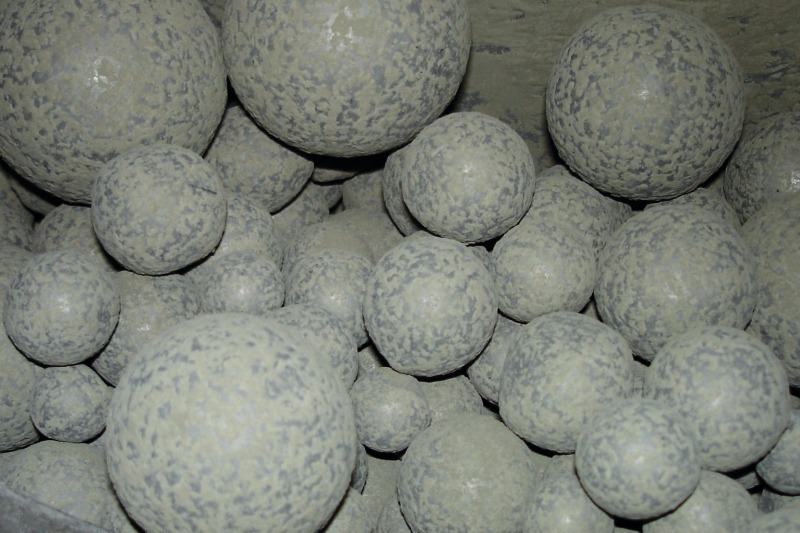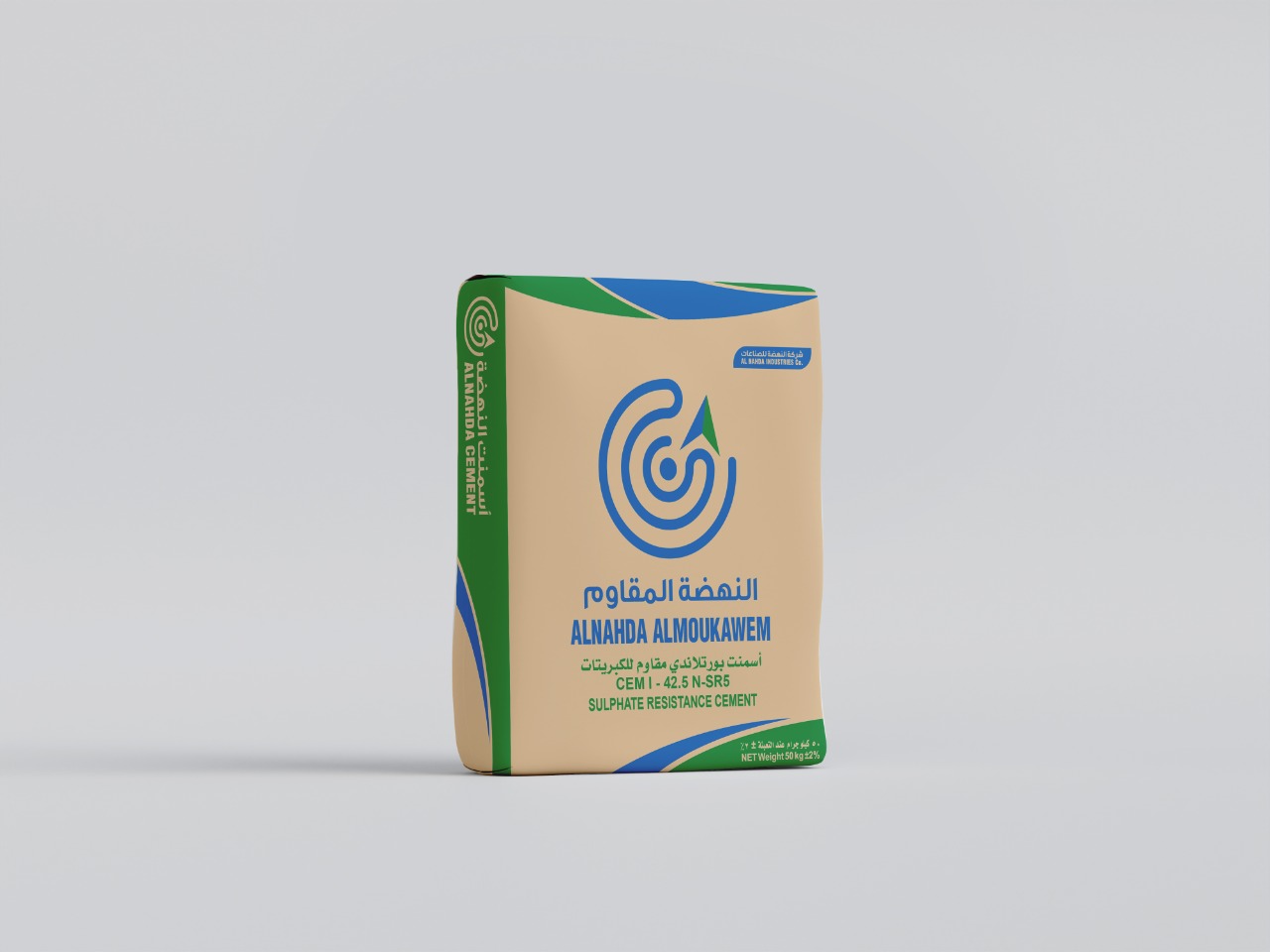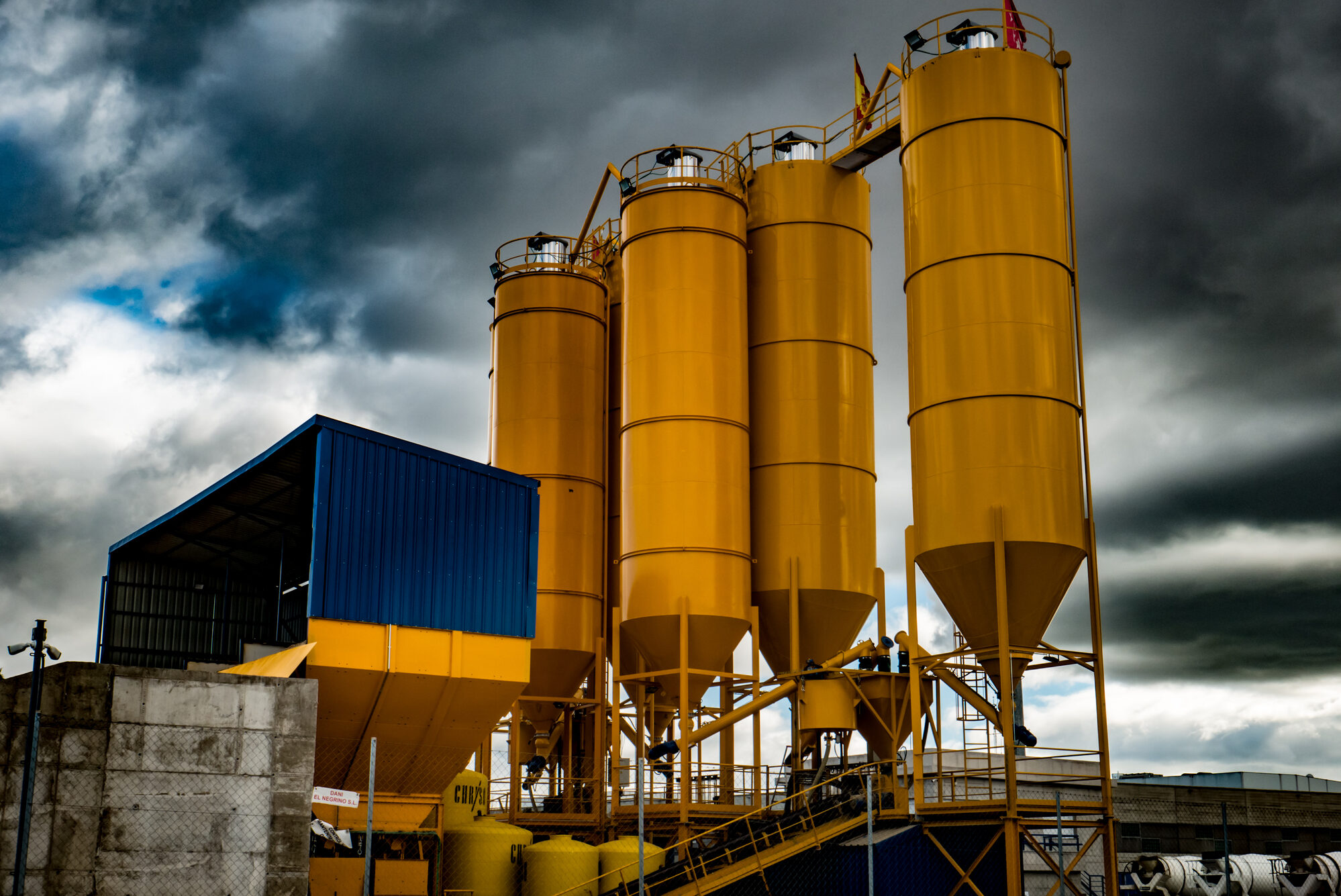

Greenhouse gases include carbon dioxide (CO2), methane (CH4), nitrous oxide (N2O), and fluorinated gases (F-gases). Among these, CO2 is the primary contributor to global warming caused by human activities, accounting for more than half of the warming effects.
Read More
Grinding aids have an immense impact on the production and cost of cement manufacturing. They impact the quality, power consumption, and handling both in the cement plant and in the final users’ hands (Strohman 2004).
Read More
Cement production is a significant contributor to global carbon emissions, accounting for approximately 7% of total CO2 emissions worldwide (Mallagray, et al. 2020). In Egypt, the cement sector is responsible for 14% of CO2 emissions, emitting over 800 kilograms of CO2 per ton of cement, surpassing the global average of 600 (Elghamrawi 2023).
Read More
Flowability of cement, defined as the ease with which cement flows once it has been set in motion (Strohman 2004). This paper explains many of problems that can affect this property, and the reasons that may lead to lack of flowability of cement powder.
Read More
Cement production is a complex and energy-intensive process, and as the demand for high-quality cement continues to grow, the industry faces the challenge of enhancing efficiency and performance. Process optimization in cement plants is a strategic initiative that involves a systematic evaluation and improvement of various aspects within the production cycle to achieve higher productivity, energy efficiency, and product quality.
Read More
Workability is a general, descriptive term that indicates the ease with which a concrete can be mixed, transported, placed and compacted to give a uniform material (Taylor 1990). This paper explains all the reasons which may lead to low workability of cement paste and studies a real case of cement produced from ball mill in a cement plant.
Read More